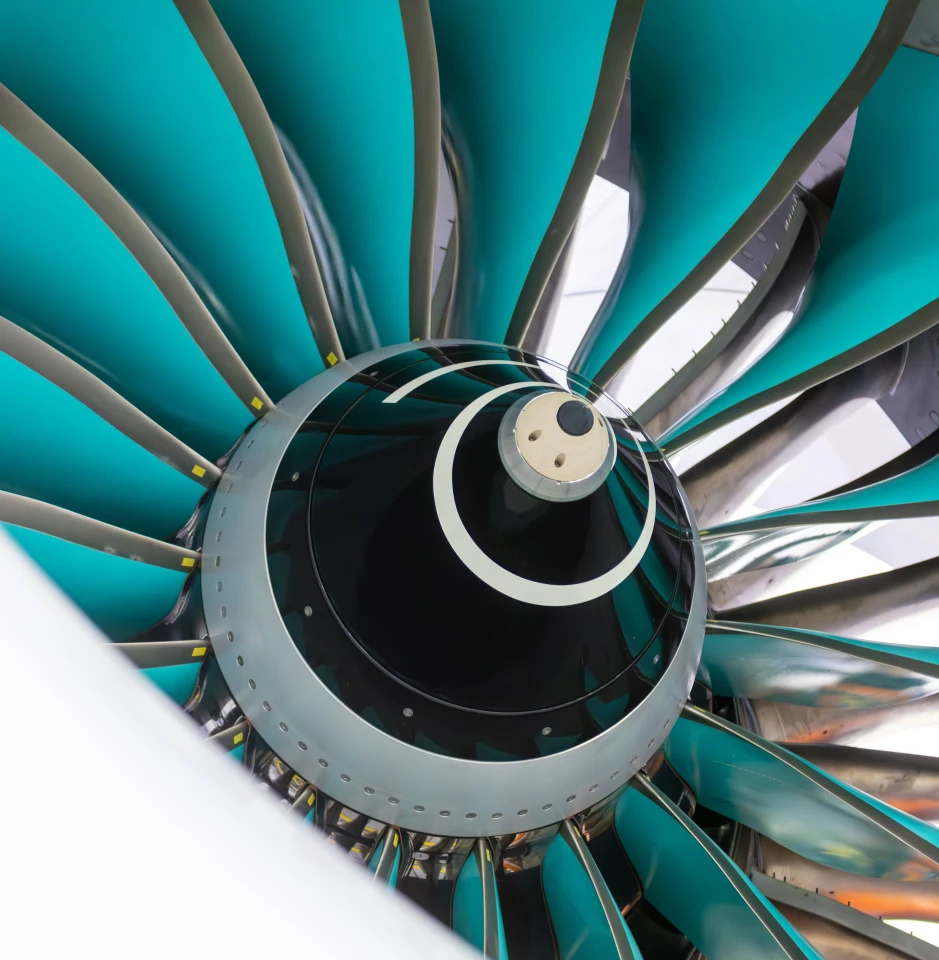Rolls-Royce has completed the first ground tests on its massive UltraFan engine, claiming it's at least 10% more efficient than any other large aero engine in service today. This carbon/titanium beauty will roll out on airliners in the 2030s.
Despite the UltraFan's intimidating size, it's impressively lightweight thanks to Rolls-Royce's high-precision 3D-manufacturing robots, which make most of those mammoth 140-inch-diameter (3.56 m) blades in carbon composite, but use titanium to add strength and resilience to the leading edges.
The turbines behind the main fan are kept fairly small, creating a high bypass ratio by allowing a good volume of air to pass straight through around the compressors and out the back. This cuts down noise by a remarkable 35%. It also boosts efficiency – as does a planetary power gearbox that allows the main fan to spin slower and the compressors to spin faster, putting each in their optimal zones.

At 10% more efficient than the most frugal engine on the market – Rolls-Royce's own Trent XWB, according to the company – it stands to save airlines billions of dollars in fuel bills, so it's sure to be popular when it's fully certified and rolling out on narrow and widebody aircraft in the 2030s, at a number of different sizes ranging from 25,000-110,000 pounds of thrust.
As well as saving money, it'll also drop a corresponding amount off the airline's carbon footprint – a small step toward clean flight, but a significant one at scale – while also virtually eliminating particulate emissions and cutting NOx emissions by about 40%.
Rolls-Royce has built a brand new test facility in Derby, in the UK, specifically to meet the requirements of the UltraFan – the first brand new engine design the company has had to test in some 54 years. Initial ground tests of the tech demonstrator assembled in December are now complete, using Testbed 80, the world's largest indoor aero-engine facility.

"Rolls-Royce’s UltraFan programme has achieved a huge step forward in terms of the fuel efficiency of aircraft engines," said Gary Elliott, CEO of the UK's Aerospace Technology Institute, in a press release. "The technology developed within the programme has greatly improved our understanding of how to increase engine performance while reducing environmental impact. It is a programme that puts the UK at the forefront of the global market, and is absolutely critical for the future of the UK aircraft engine industry. Our congratulations to the Rolls-Royce team for the successful tests of this exciting technology demonstrator."
"The UltraFan demonstrator is a game changer," added Rolls-Royce CEO Tufan Erginbilgic. "The technologies we are testing as part of this programme have the capability to improve the engines of today as well as the engines of tomorrow. That is why this announcement is so important – we are witnessing history in the making; a step-change in engine efficiency improvement. When combined with Sustainable Aviation Fuels, more efficient gas turbine engines will be key to hitting the industry’s target of Net Zero flight by 2050. Today we are closer to achieving this ambition."
Check out a short video below.
Source: Rolls-Royce









